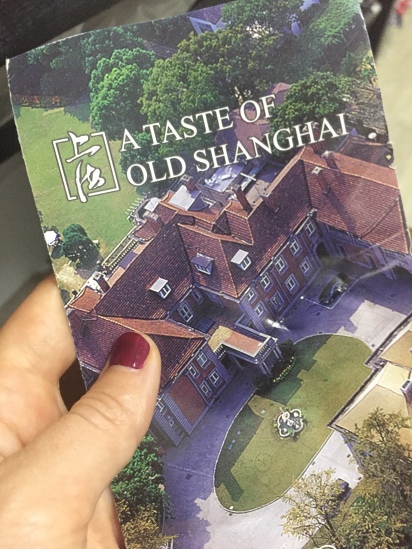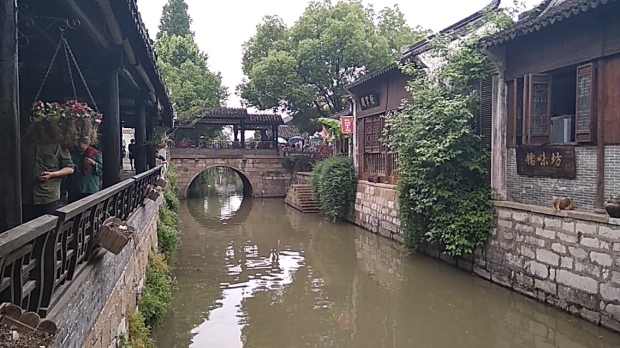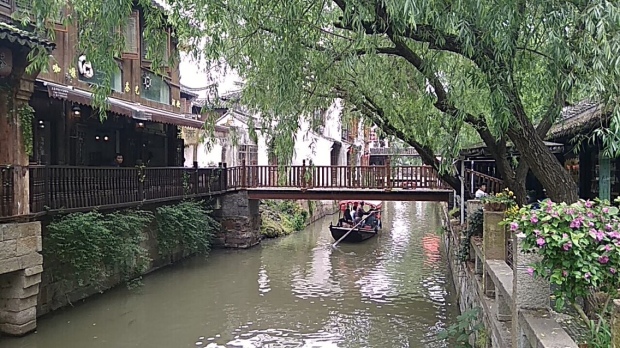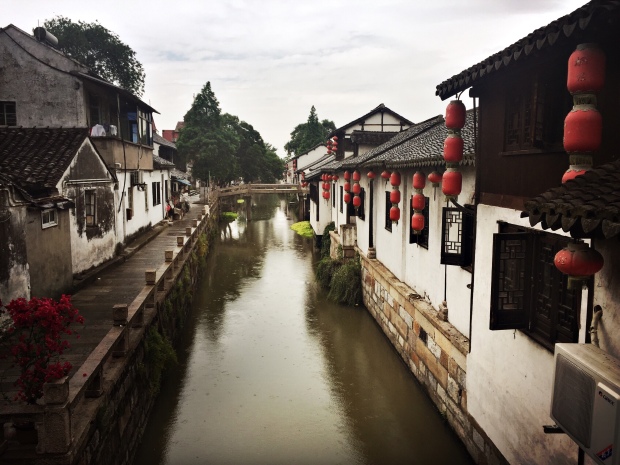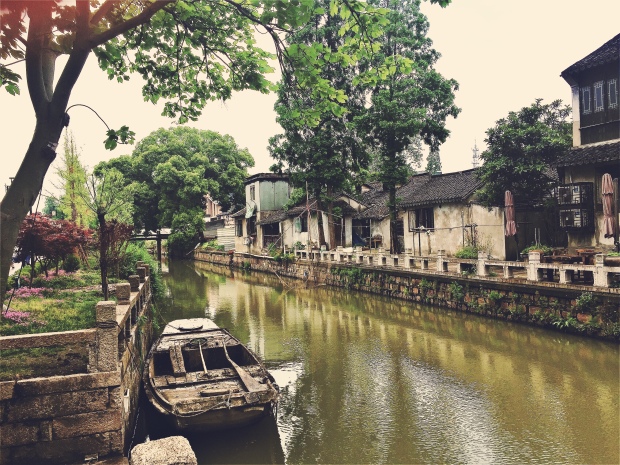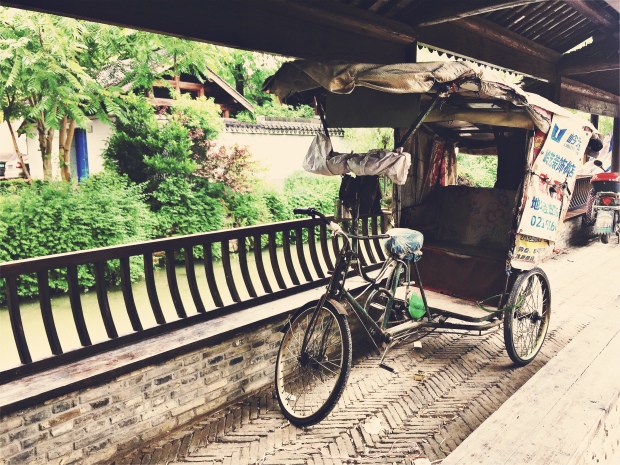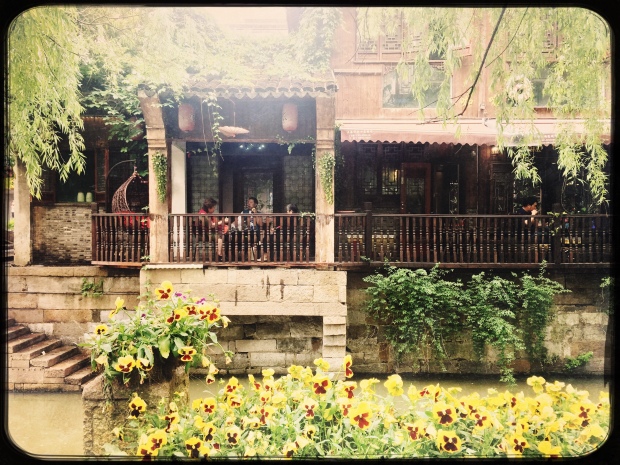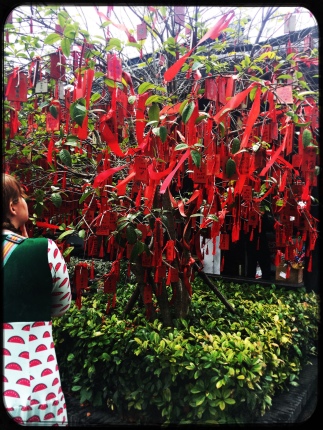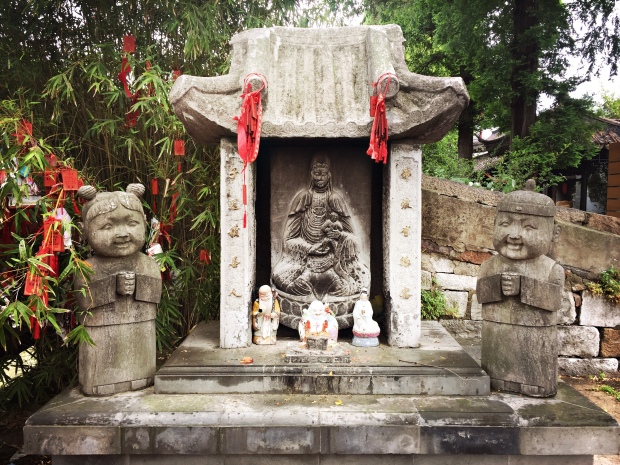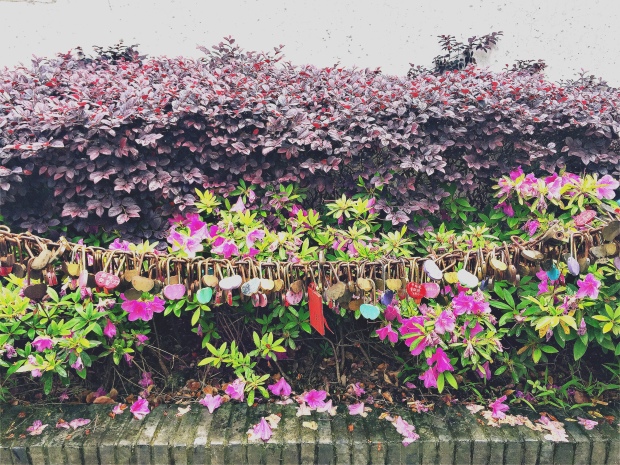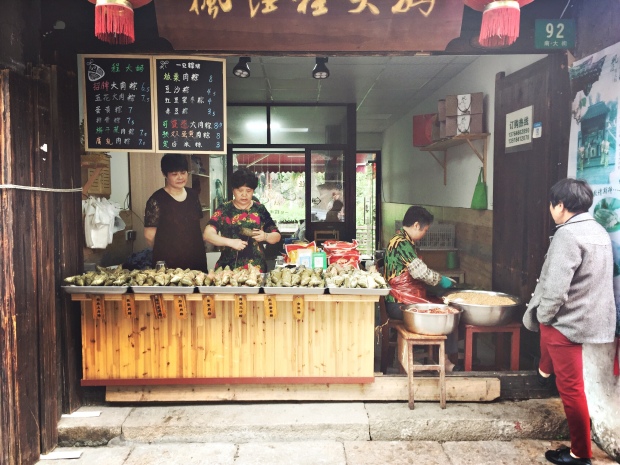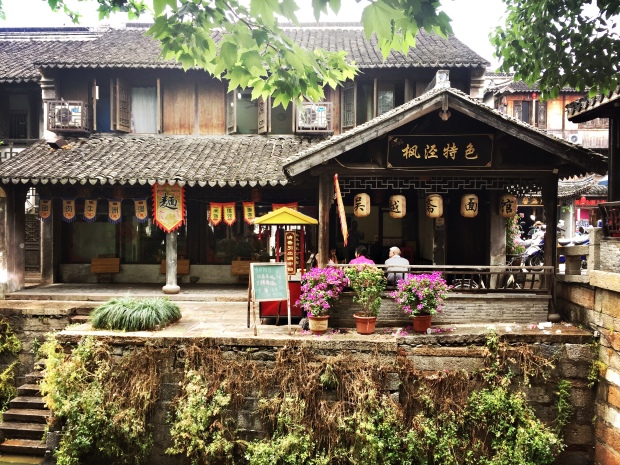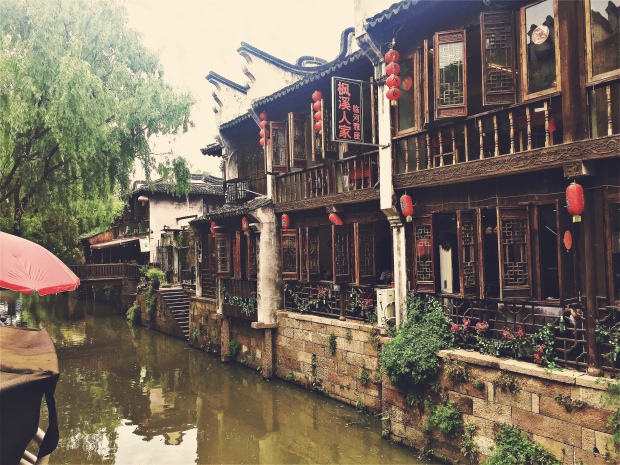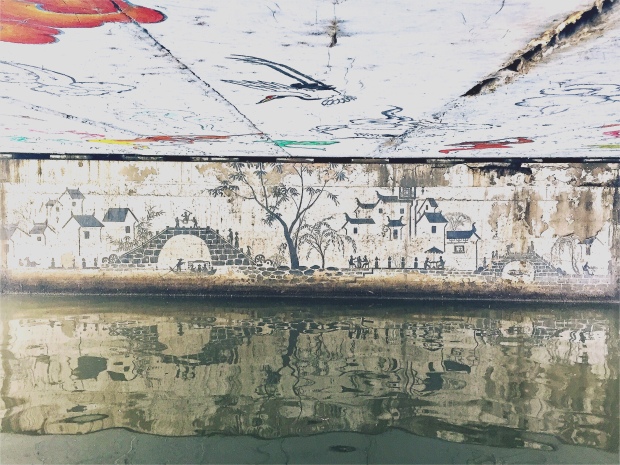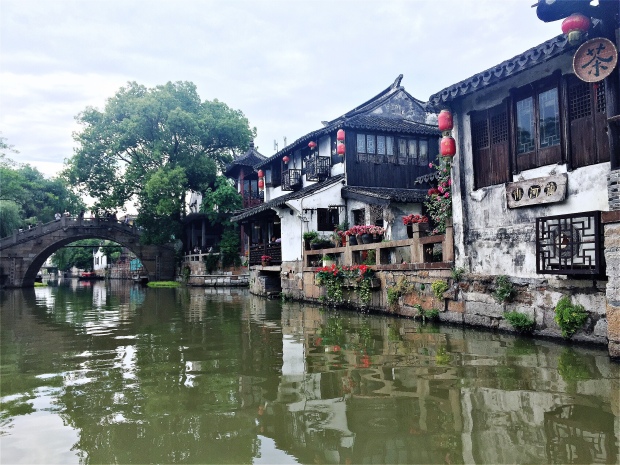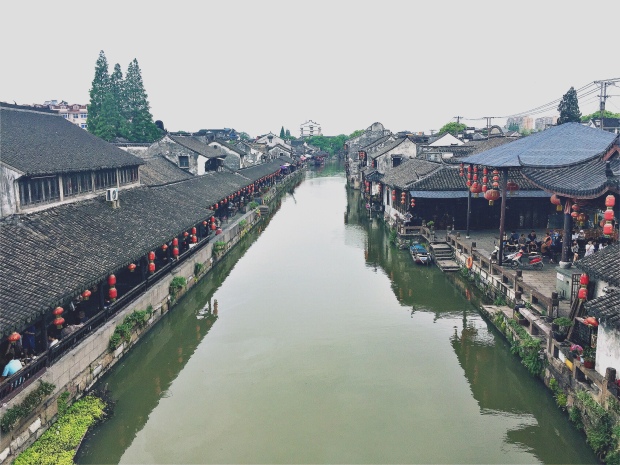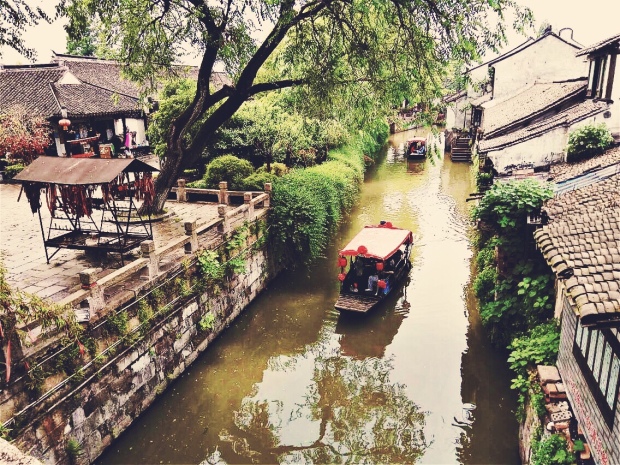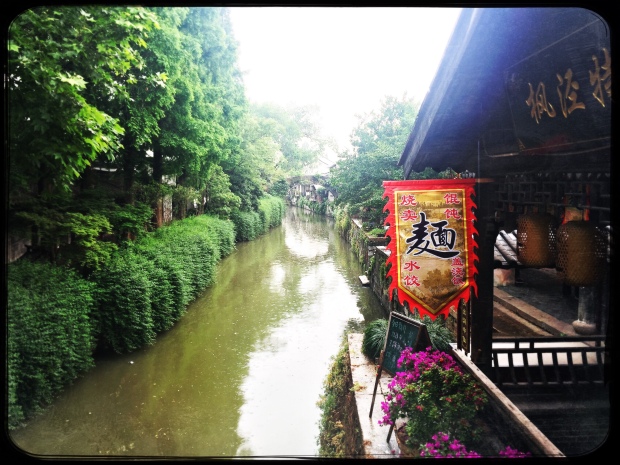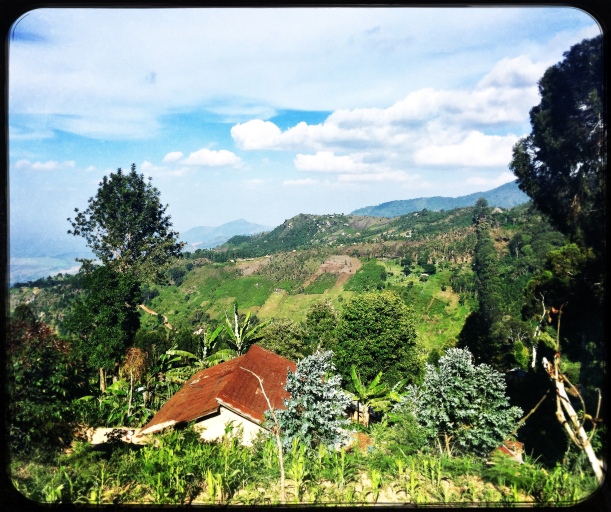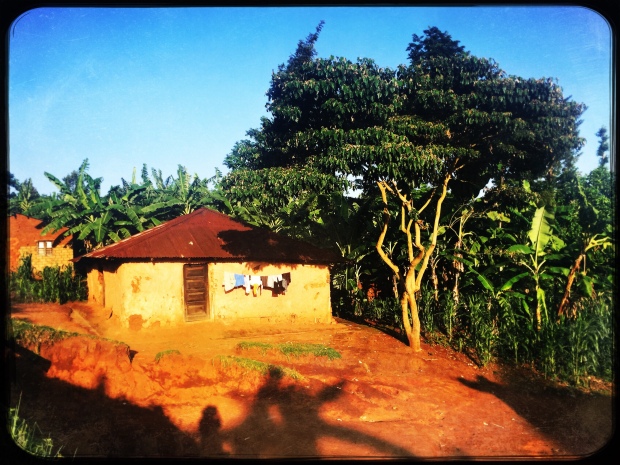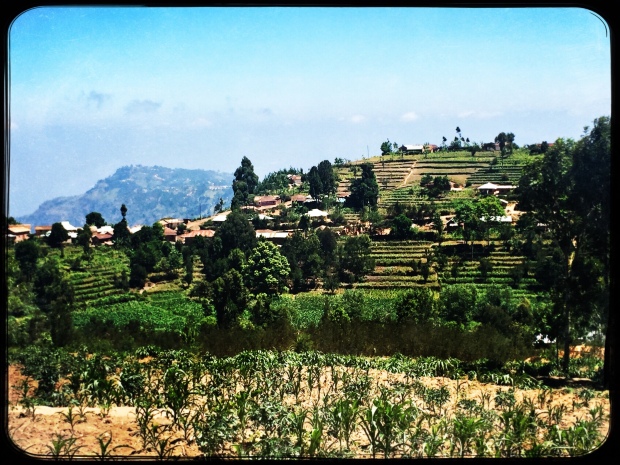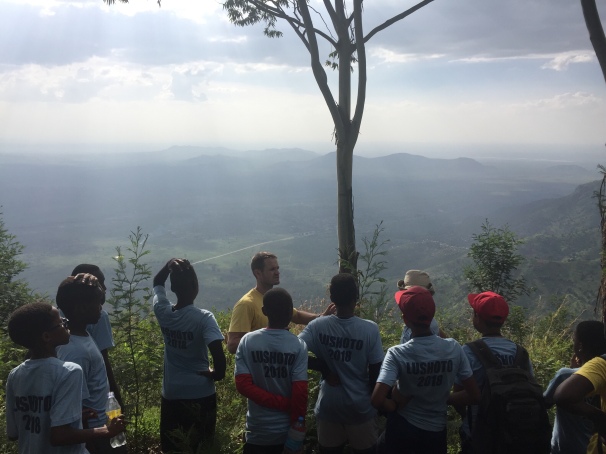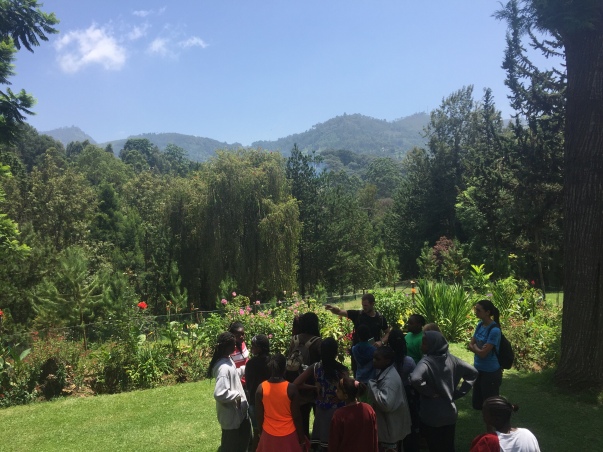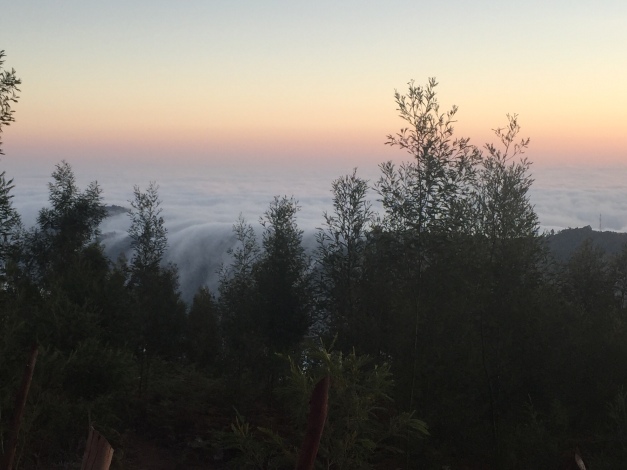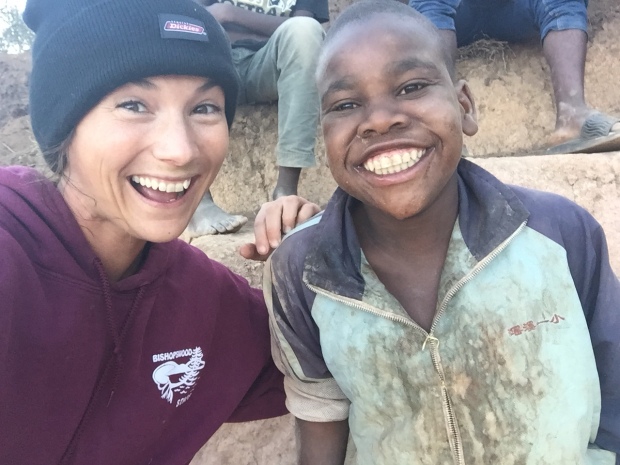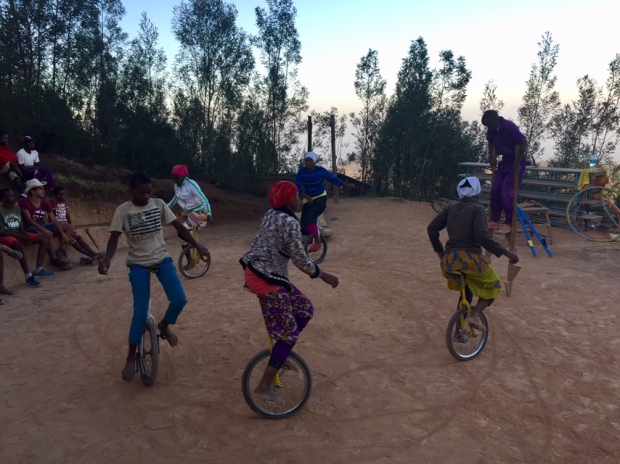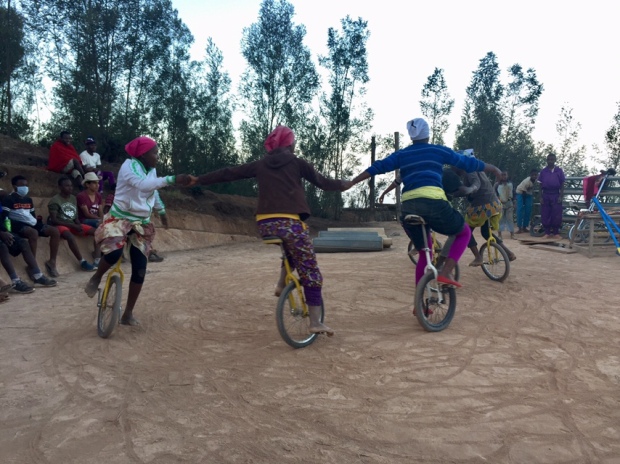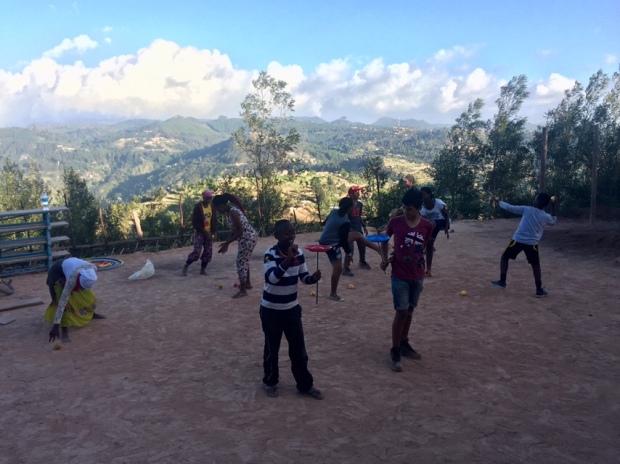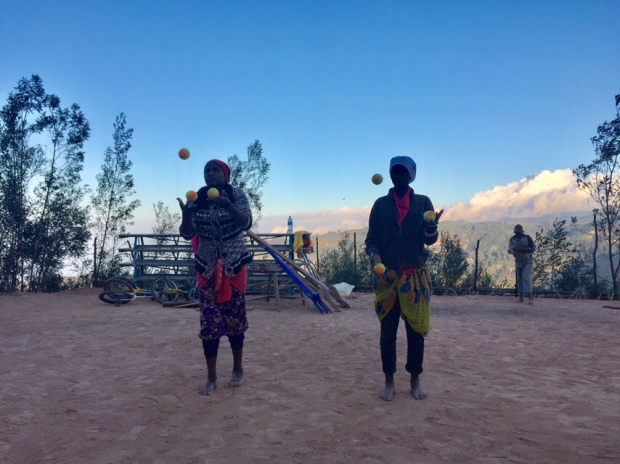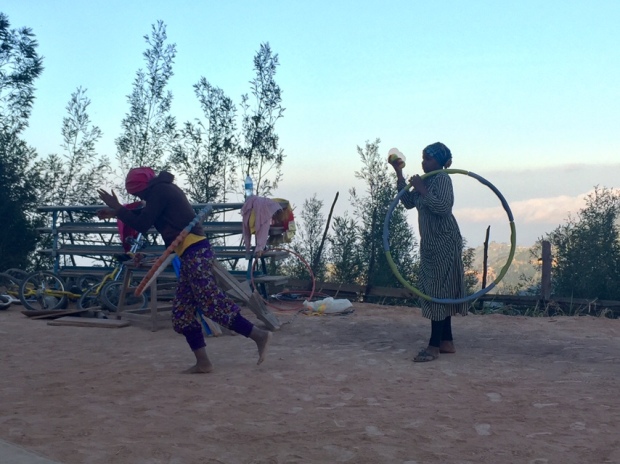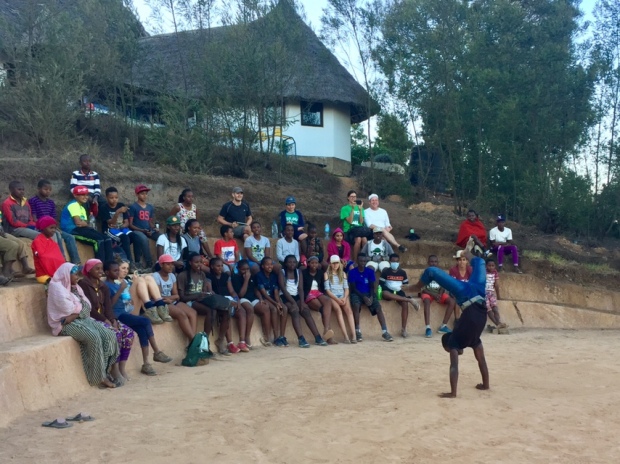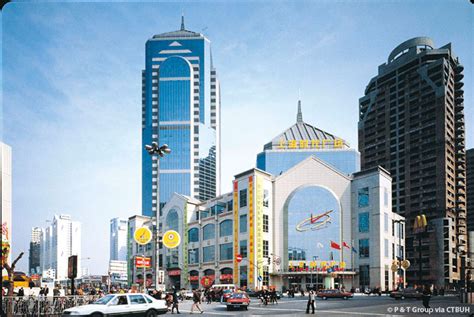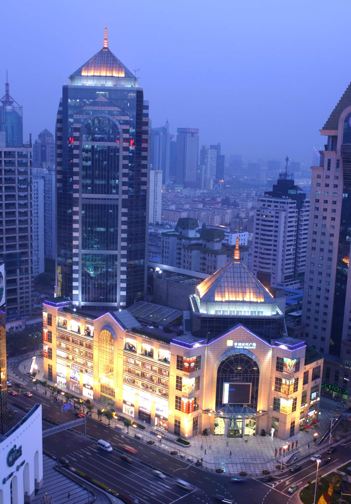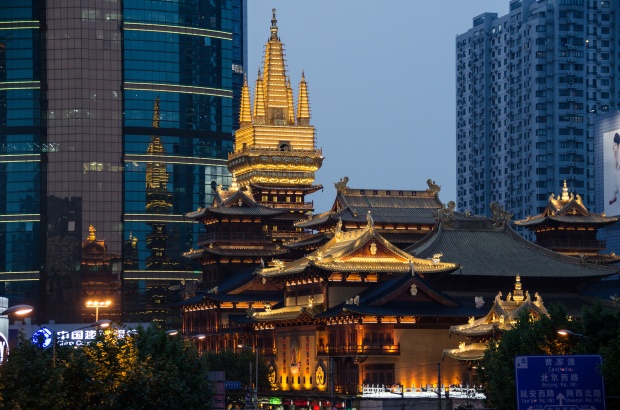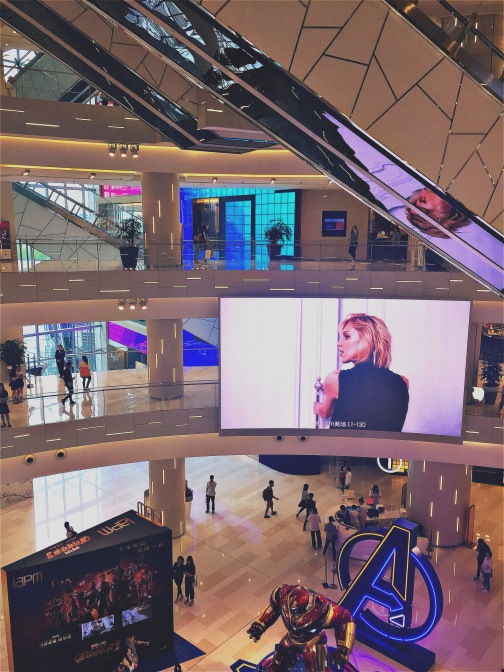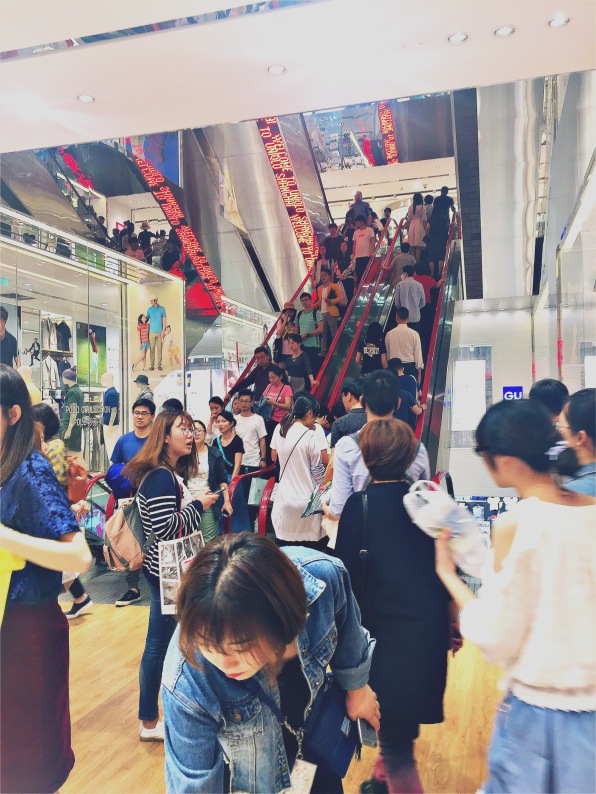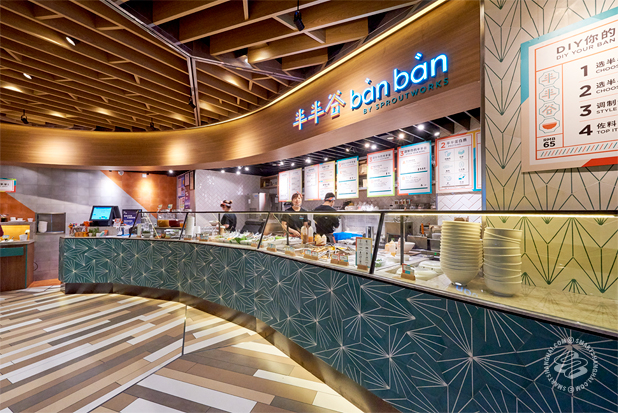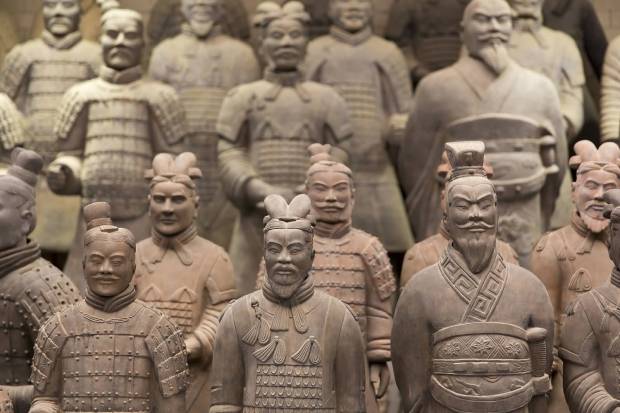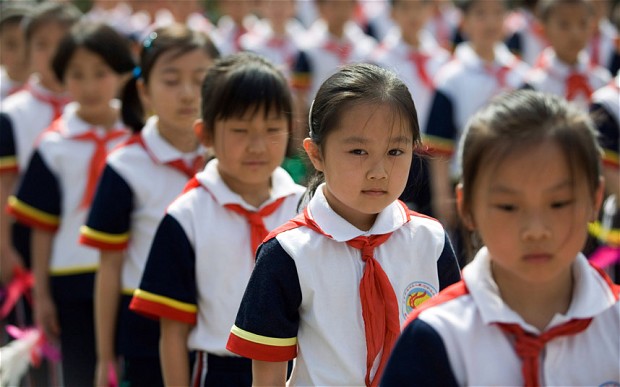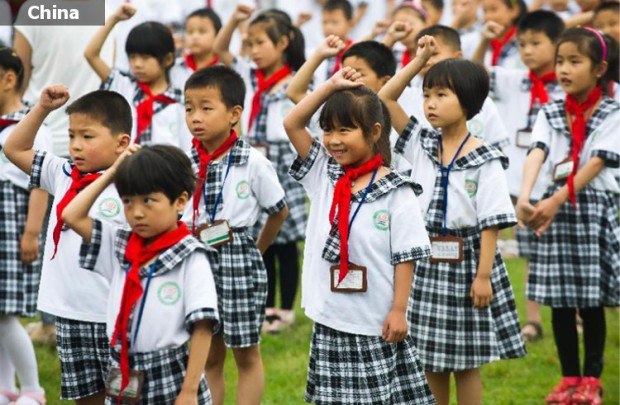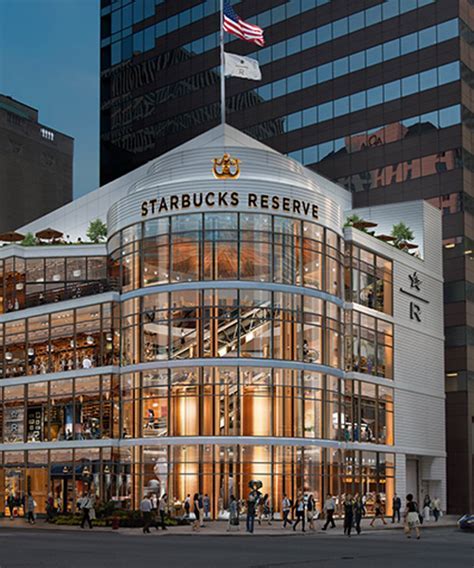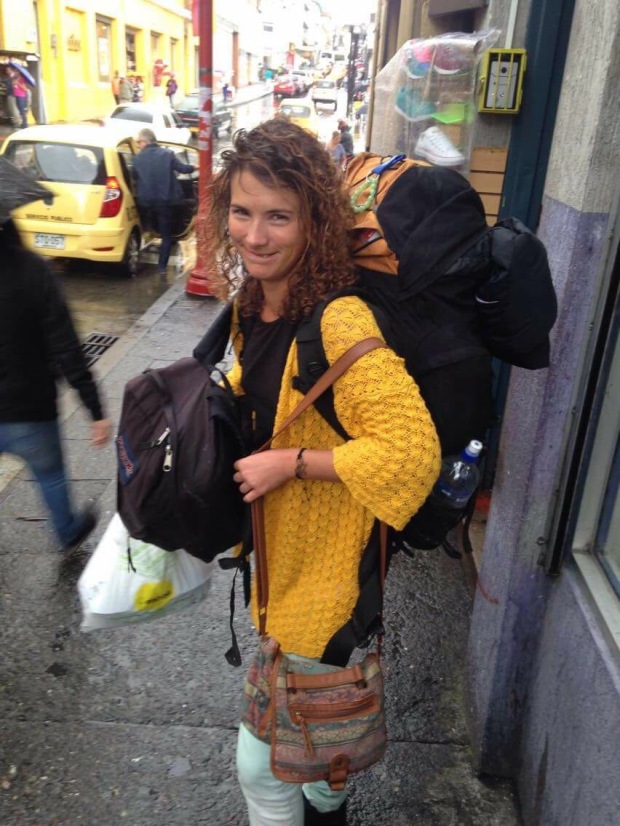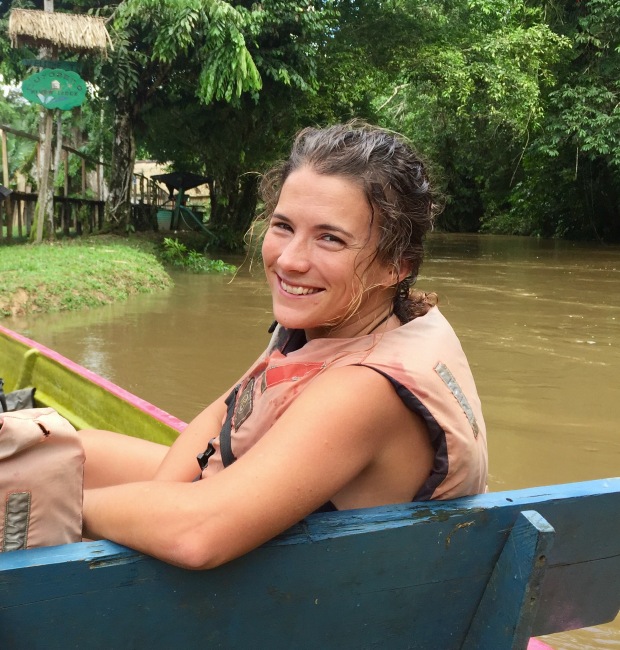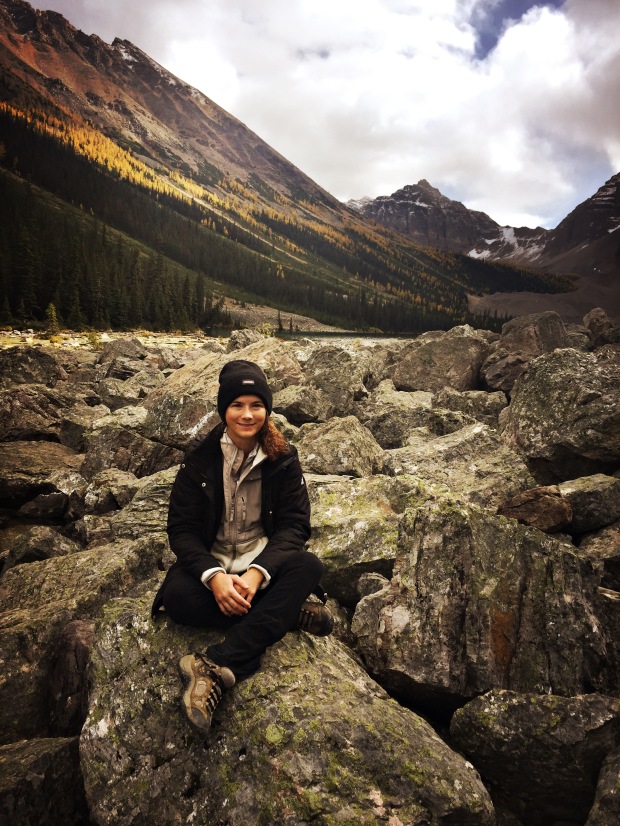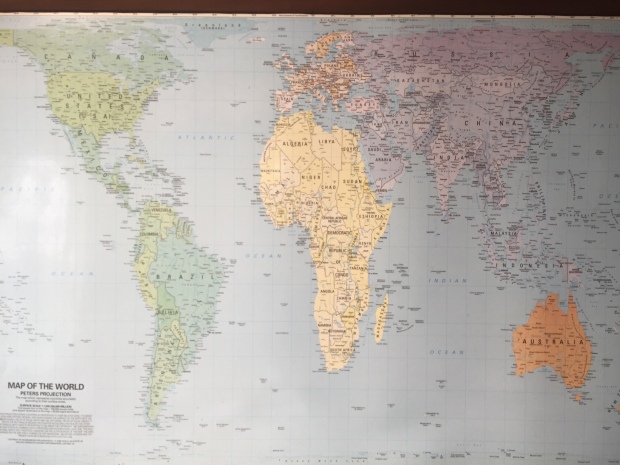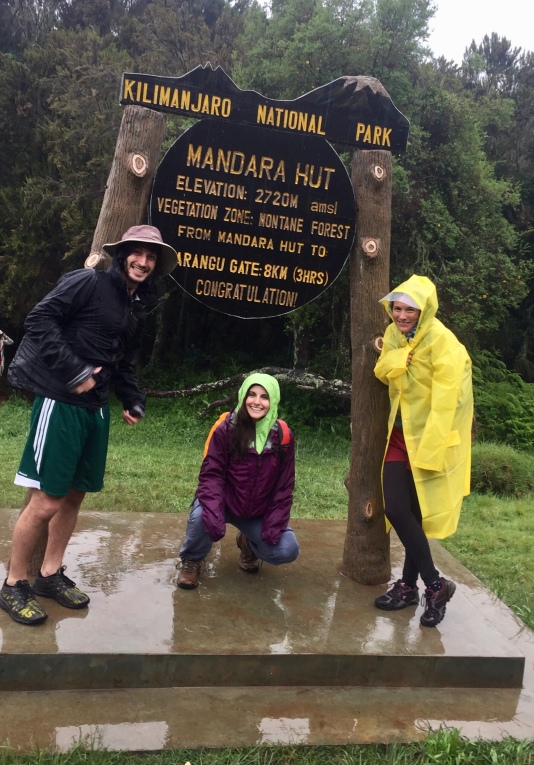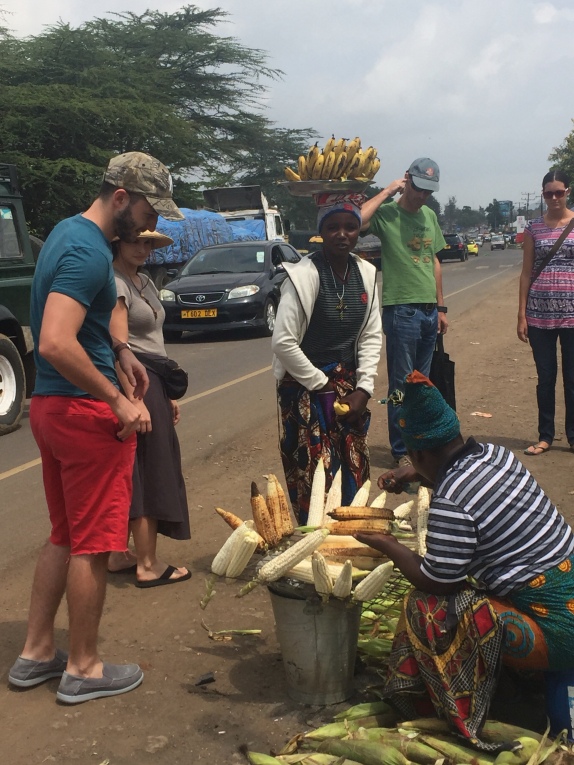Recently, I have been trying to get back in touch with my creative dreams. The first step towards doing this is to think back on what you dreamt of doing as a child, the first things that you were excited and passionate about in your life. For me, it was saving the animals. As a kid I was obsessed with animals and I was particularly concerned about the endangered ones. I subscribed to wildlife magazines like Ranger Rick and collected wildlife fact files, learning everything I could and finding my own little ways to help, like making crafts and selling them to raise money for World Wildlife Fund and World Society for the Protection of Animals.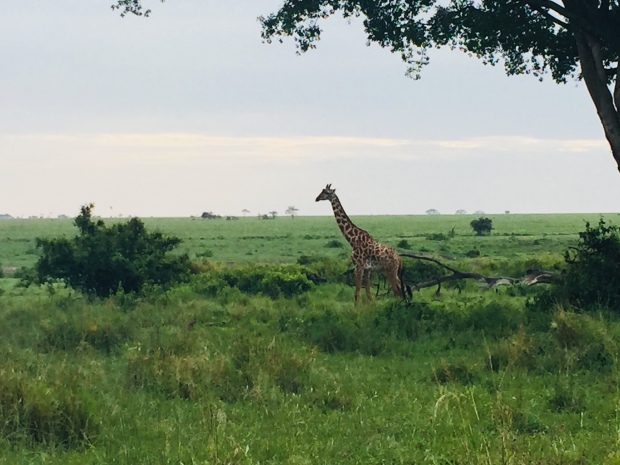
Then life happened, and in all the stress and chaos of growing up I forgot all about those dreams. Where did they go? So it is interesting to me at the same time I am reexamining those childhood passions of mine, I happen to find myself in a place that occupied so many of my childhood dreams: the Serengeti, and the array of beautiful animals that call it home. Could it be… synchronicity?
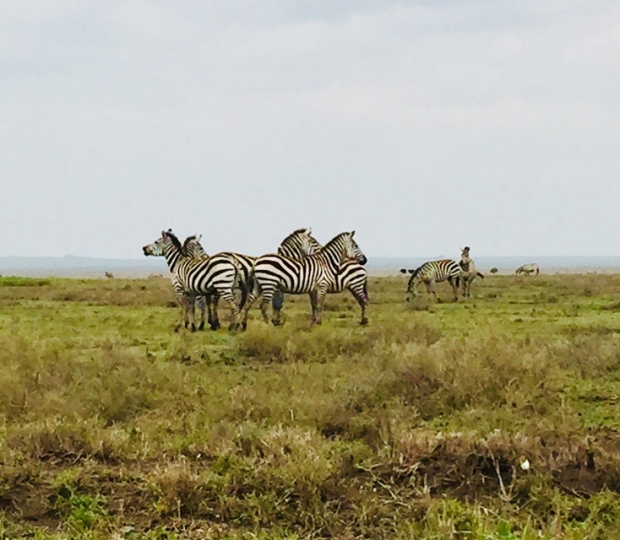
One of the hallmarks of African adventure is safari. Its the main reason why a lot of people come here at all. Safari means “journey” in Swahili but Ernest Hemingway- a big fan of this part of the world- brought the term into western jargon as we know it. Since it is such a huge tourist draw, that means huge dollar signs. You can shop around and try bargaining but you’ll be hard pressed to find a safari for less than 500 USD (3 day, 2 night safari). More than anything this is because of the high fees to enter the parks in the first place. It costs each individual 70 USD to enter the park, and you pay 70 USD to exit the park. So that’s 140 USD to go there at all. Our safari package included a trip to Ngorongoro Crater National Park and Serengeti. 140 times 2 is 280 USD for park fees. We paid 540 USD total for the 3 day, 2 night safari. So half of that was just park fees. The other 260 goes towards the fuel for the safari car, all of your meals, the guide and the cook, the camping equipment- everything else. When you look at it this way, it’s actually surprisingly cheap.
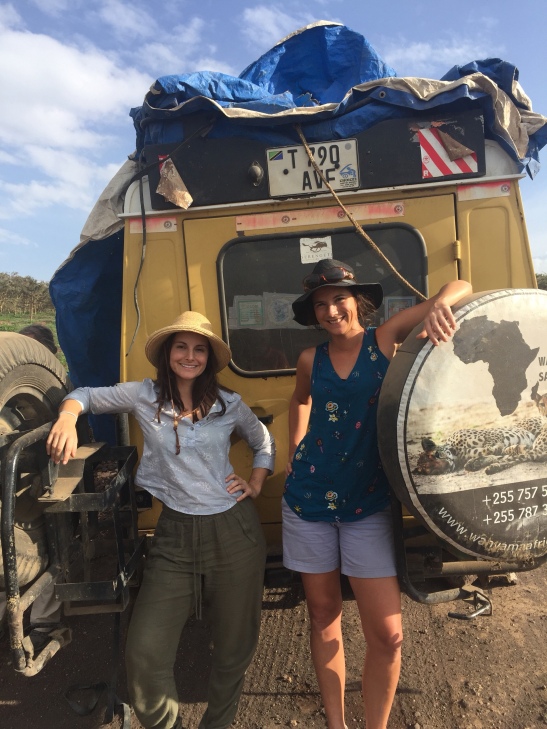
Hakuna Matata!
Regardless the experience is priceless and worth every penny. When the boss sold us this tour in his office in Arusha (the city where my friend is living), he delivered our itinerary to us as if it were a dramatic monologue, talking up all of the animals that we would see on our game drives and the beautiful places we would camp. Still, I had my doubts. I was sold the same kinds of big promises when booking budget tours in the past (ex the Amazon and Santa Cruz trips) that turned out to be a sales gimmick. So I prepared myself for some disappointment and that he probably was not being 100% honest in his over-the-top speech. I guess thats why its so easy for me to say this whole experience far exceeded my wildest expectations.

The only unpleasant part about it are the conditions of the roads, and this is a problem throughout Tanzania in general. Every road feels like you are off-roading here. Particularly going into Serengeti from Ngorongoro crater. We were bumping and shaking down a washboard gravel road for 4 or 5 hours. This is frustrating because of the high entry fees that each person pays to get into the park multiplied by the sheer amount of tourists that go through them each day. I cannot fathom the amount of money that is generated by the Tanzanian government from them on a daily basis. But clearly, none of it goes back into the park, as evident by the treacherous, pitiful road conditions. Its widely accepted that it’s all going into somebody’s pocket, and that’s just the way it is here.
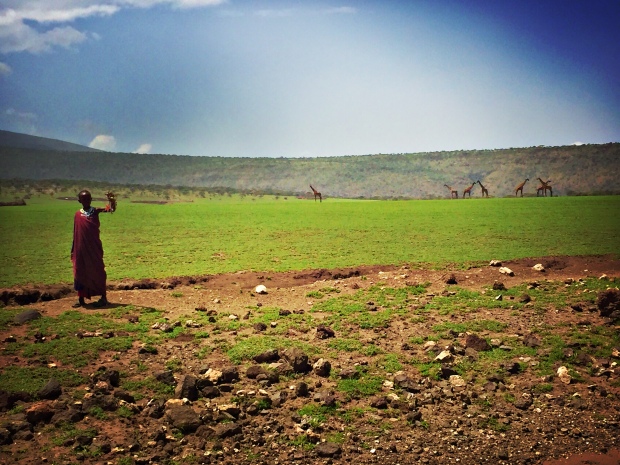
The Maasai people share this land with giraffes, zebras, wildebeest and the like. Can you imagine?
Now, I said I wasn’t going to get political in these posts, but I don’t want to be ignorant either and pretend like I dont notice obviously off things that are going on around me. The Maassai are an indigenous population that occupy Northern Tanzania and Southern Kenya. We have seen them everywhere that we have gone in Tanzania. They are one of the few nomadic, hunter-gatherer tribes that is left on the planet. Therefore, they migrate just like the animals in the parks do. Just like the animals, the Serengeti is part of that migratory pattern. In recent years the Tanzanian government has been trying to encourage them to abandon their nomadic ways by banning all tribes from access to the Serengeti. This has disrupted the migratory patterns of thousands of people and animals, and for what? Money. That is the sad reality of things here.
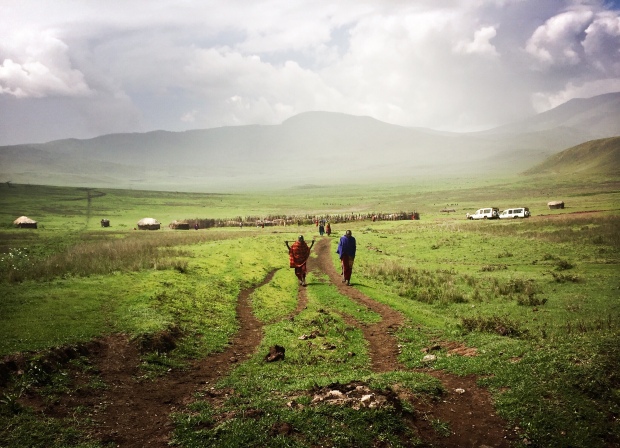
A Maassai village in Ngorongoro Crater
Ok, I’m done with the bad stuff now. I still stand by what I said before that Safari is a one-of-a-kind, out-of-this-world, amazing life experience. I have still enjoyed everything we have done here in Tanzania while being aware of these troubling things that are going on in the background at the same time. Truth be told once we started spotting animals, it’s so exciting you stop thinking about everything else. And that happened pretty much immediately as soon as we got into the park.
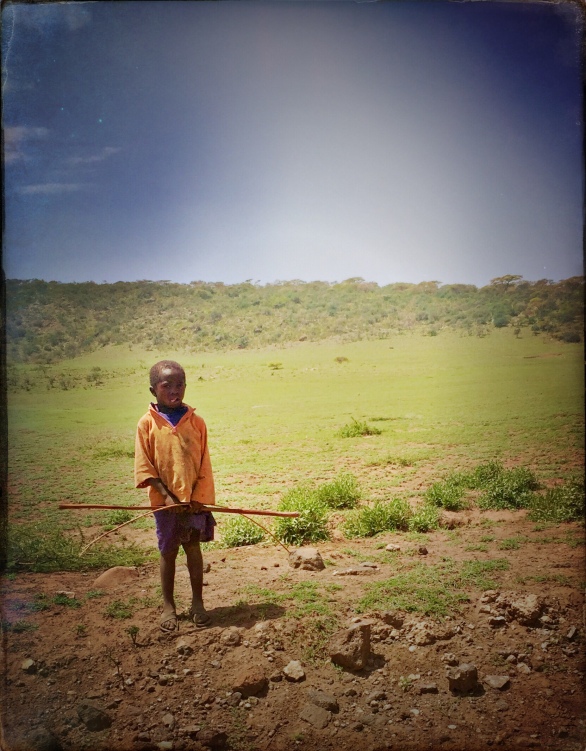
A Maasai shepherd boy says hello from the road
I could never have imagined that we would spot so many animals as consistently as we did the whole three days. I thought maybe we would be able to spot a few of the big ones. But this was like… BAM! Zebra. BAM! Elephant. BAM! Giraffe. Hyena. Warthog. Jackal. Wildcat. Animals I’d never even heard of before. The list goes on and on and the adrenaline was pumping hard. There is so much excitement in the air on safari- something you could never get at the zoo or looking at pictures in magazines or books. To actually have to grab your binoculars, pop the roof of the vehicle, and go out searching for animals in their natural habitat is an experience unparalleled, indeed.
I can’t believe that I actually saw lions and jaguars hunting in the wild, unphased by the safari cars standing by. The first afternoon, after we drove past a pool of enormous hippopotamus, we ran into a leopard on the hunt. We watched him stalk along the same side of the pond that we were on with his gaze fixed on some gazelle on the other side. Their gaze was fixed right back on him. It was so crazy. As we pulled away from that scene our guide spotted another leopard way up in a big tree eating part of a gazelle. It was crystal clear in the binoculars- not so easy with the naked eye, I don’t know how our guide did it- but there it was gnawing away in the branches.
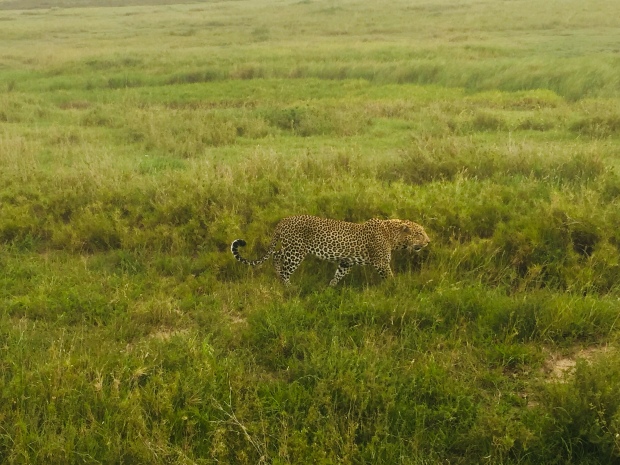
On the hunt
The time flew by as we called out animal after animal and before we knew it, it was getting dark and time to go to our campsite. As we pulled in we saw a group of 5 African Elephants in the distance with some babies.

Camping on the Serengeti
When the company boss sold us this tour in Arusha, part of his grand monologue was that at night we would be camping in tents in the parks alongside the animals, and that there were no fences but there would be a security guard. We laughed at the time, thinking he was just exaggerating for dramatic effect. Then we noticed as we pulled into our camp on the Serengeti that there was no security guard (the cooks, however, stayed up all night keeping watch, I guess they were the security). After we had dinner and as we were getting ready to head to our tents to go to sleep, the guides warned us not to go out alone at night to go to the bathroom. Always stay in groups and to always have our flashlights on, they said, and if we follow those instructions, there won’t be any problems. Then just to drill it in, he shared a story about a girl who went out by herself in the dark at night to pee, accidentally found herself right next to a lion, and got eaten. Not the kind of bedtime story you want to hear. 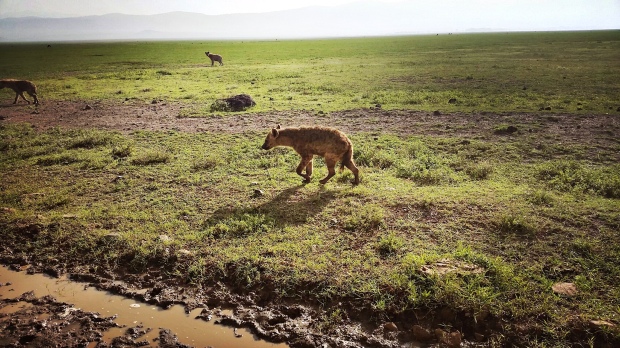
As we shuffled along arm in arm with our flashlights turned on to go to the bathroom then get into bed, we noticed green flashing pairs of eyes in the bushes. The guides warned us that there are hyenas around the camp, but they are only scavengers and they are only here for the leftover food, not to bother us. We speculated that those pairs of eyes we were seeing in the bushes were hyenas. That suspicion was confirmed when, as we zipped our tent shut, we shined our lights on one lying directly in front of our tent, less than 10 feet away from us.
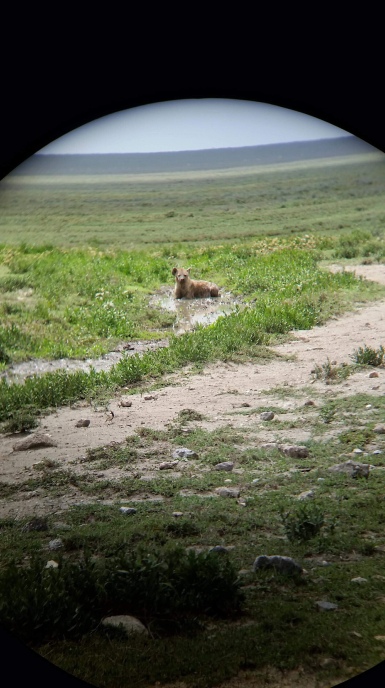
So you’re the guy who’s been keeping us up night!
Like our guides said, the hyenas weren’t there to bother us, and we made it safely through the night and onto day 2 of Safari. We got up at 6 am to pouring rain- it has rained every day of this trip, but never for long enough to set us back on our adventure (except the day we went up Kilimanjaro). As if the roads aren’t bad enough dry, safari post-rainfall is extra slippery and…erm.. exciting! We ended up popping a tire that morning and later, our radiator died going uphill just before we got to our campsite on the second night. It’s not surprising that these cars breakdown from time to time- they get a lot of heavy wear and tear on a daily basis and, they’re old! For this reason the safari guides all double as car mechanics, and ours was able to fixit on his own without a problem. There is also a code between all guides to help each other out when they see someone in need, so when our radiator broke down any safari cars that passed by with empty seats in them gave us a ride to our campsite while our guide fixed the problem.
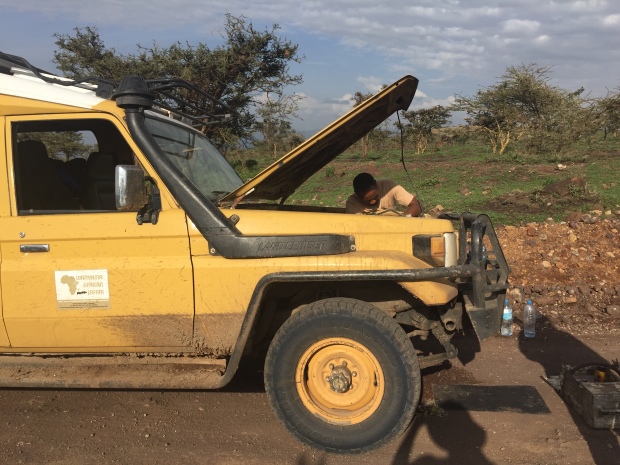
Just a busted radiator, no biggie
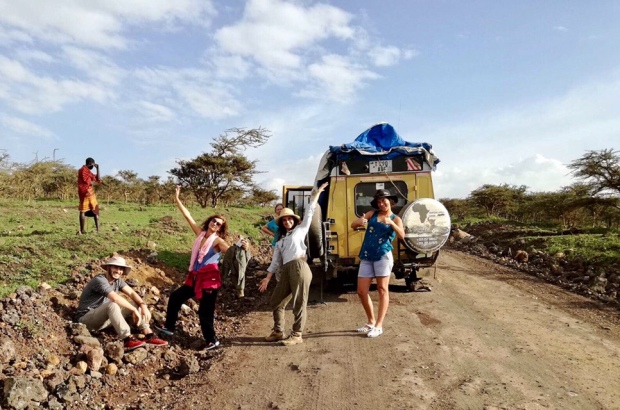
When life gives you car problems, make lemonade! Or something like that…
Coming out our campsite in the morning we came head on with a large group of baboons walking down the road in the opposite direction. After our morning game drive, we went back to the campsite for a fabulous brunch by our chef Manu. Another wonderful surprise was how amazing the food was! Each meal was more impressive than the last, and he cooked it all over a camping stove in a hut. We had curries and pastas and omelets, etc. We probably over-indulged considering we were sitting sedentary in a car for 8+ hours a day but, oh well, when in Tanzania…
As with every meal, after lunch we got some animal company. This time it was a troop of banded mongooses, who came barreling up the road and into the garbage pile as soon as we finished eating. It was such a hilarious sight to watch the little guys come bounding down the road and straight into our leftovers, as if it were timed, we were cracking up. Hornbills (Zazu!) swooped in and out trying to get their share as well.
After lunch we started driving back to Ngorongoro Crater. On the way we passed herds of wildebeest dotting the landscape as far as the eye can see- it seemed like there were millions of them. We got to see them in migration from the Serengeti to Ngorongoro Crater.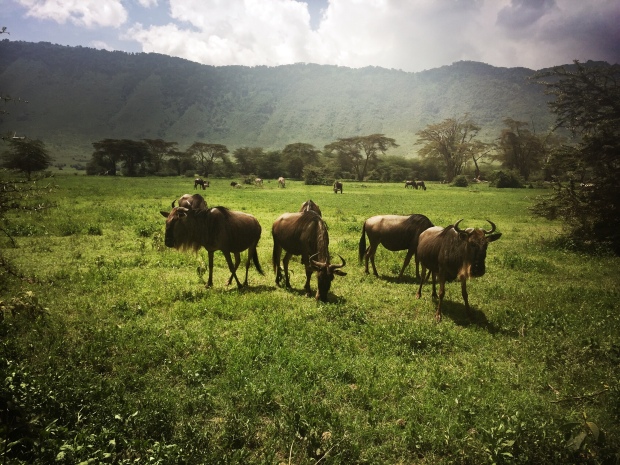

Zebras share the same migratory patterns and eat the same food as the wildebeests

I could see why they would want to live here. We joked about how if we were animals, Ngorongoro Crater is definitely where we would want to live. Lush and green with pretty lagoons and lakes, the crater is a gigantic caldera from a volcano that erupted here millions of years ago. It’s formed a perfect little animal sanctuary for these guys to live and play, and a great place for spotting more wildlife!
We got to the campsite after our radiator breakdown just as dusk was setting in, and once again there were elephants passing by about 300 meters away from us. That night, as we were falling asleep, I listened to them trumpeting back and forth with howls of spotted hyenas (who make a very strange, creepy sound themselves- youtube it).
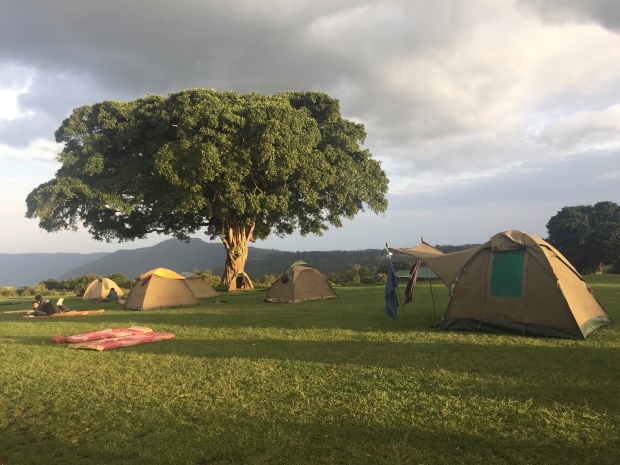
One of the most idyllic campsites I’ve ever set foot on in Ngorongoro Crater
The next morning we woke up at 5:30 a.m. to catch a very sweet sunrise over the crater.
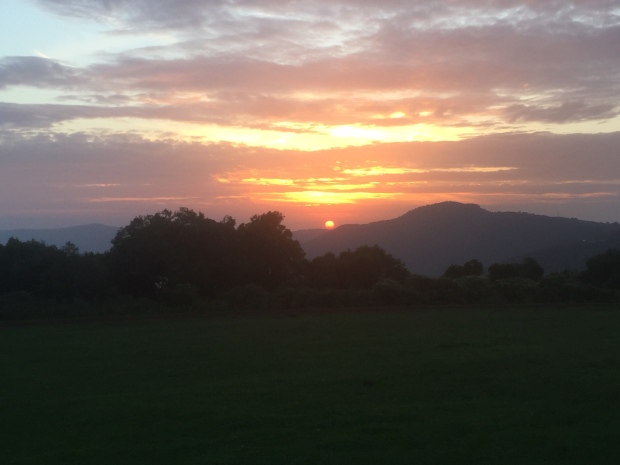
Sunrise over the crater
Then, we descended the 650 meters into the crater- a bit nerve wracking considering the car problems we had been having, but, once again our fears were quelled when we got into the crater and, once again, started spotting wildlife left and right.

Just before the 650 m. descent into Ngorongoro Crater
Our guide got a call from another guide on the other side of the crater that they had spotted a Black Rhino with a baby- the rarest of the rare when it comes to wildlife spotting in these parts. There are only about 32 left in the whole park, and they are heavily protected and kept in a special area far from the roads. They only let a few out “for the tourists”, and sped over there fast enough just to catch a glimpse of them before they slipped too far for the eye to see. So I guess we were pretty lucky to get even that.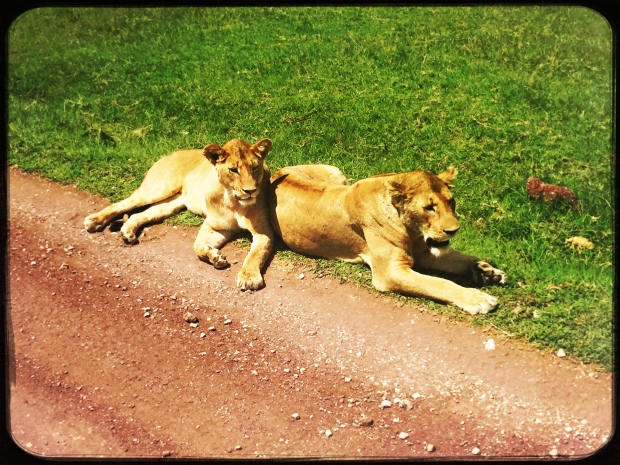
The next most amazing thing that happened to us was spotting three sleeping lionesses right next to the road. Even though they were sitting right there on the side of the road, we nearly missed them and drove right past because they blend in so well with the grass. As soon as he noticed, our guide halted the vehicle to a stop and turned it off. As we watched the sleeping lions, wondering if they were going to do anything (we saw a lot of lions the previous day but they were pretty much always sleeping), one lifted her head up, looked over at us, then slowly got up and started to walk towards the car. Of course we all started freaking out, but our guide explained she was just coming over to lay in the shadow. Indeed, she plopped down in the shadow of the car and went right back to sleep! Shortly after, the second and third ones joined her. She was so close I could get a sleeping lion selfie so naturally, that had to be done…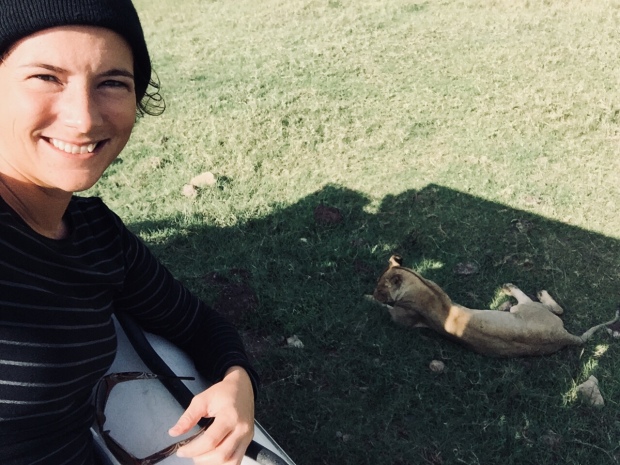
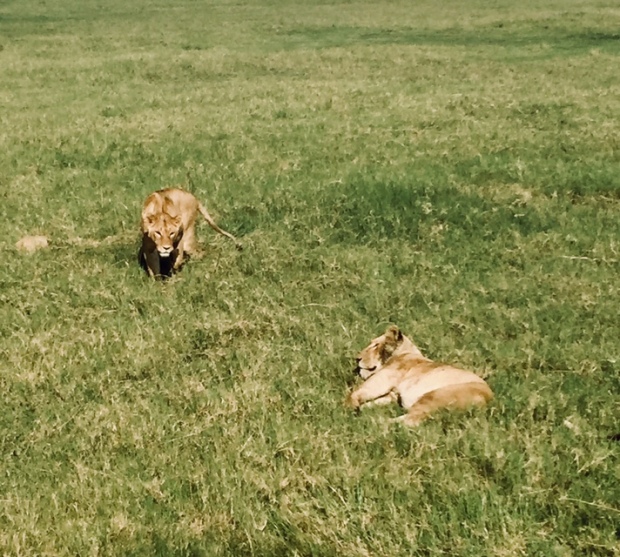

We made a bathroom stop at a lagoon that was full of hippos, more and more just kept popping up out of the water. We hung out at the lagoon for nearly an hour, listening to the hippos grunting to each other. Apparently, they hurt more humans each year than any other animal in the park. They have jaws that could snap a man in half, and you don’t want to sneak up on one of these guys. While they might not look it, they are aggressive and they can run fast. We played in the trees as we admired them from a distance and watched beautiful birds darting around us.
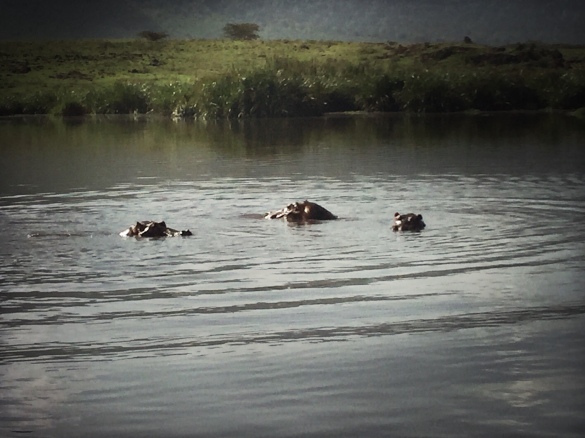
You don’t want to mess with these bad boys
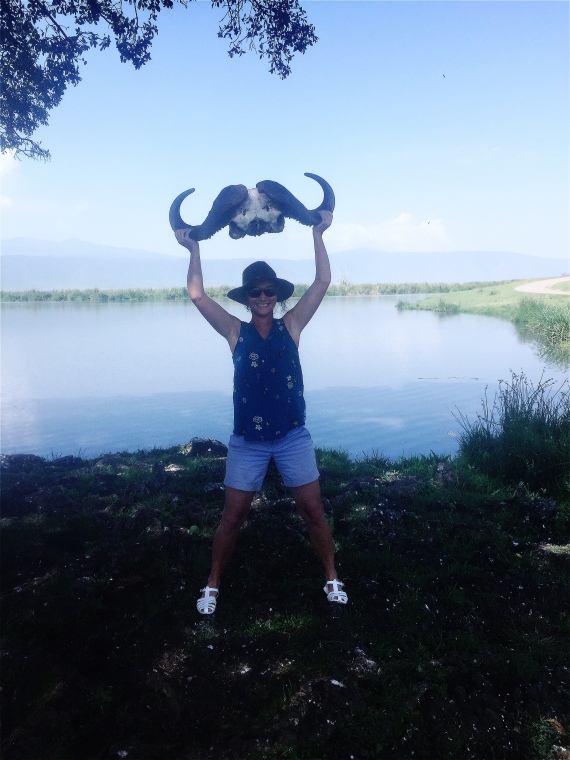
The skull of an african water buffalo. So heavy!
Nearby we saw some enormous African Buffalo bathing in a pit of mud, and Pumba and his friends warthog friends were hanging out nearby.
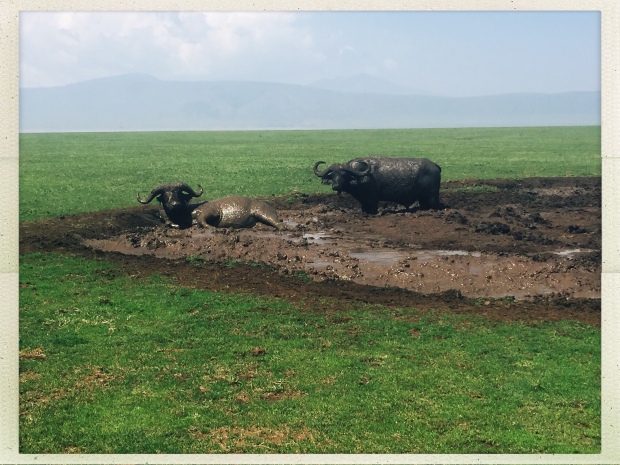
Enjoying a bath
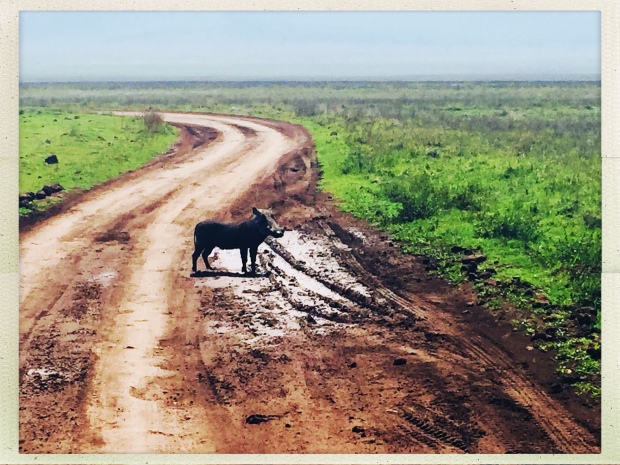
We left the crater very satisfied with all we had seen and done. After enjoying one last lunch at our beautiful campsite, we loaded up the cars to make the four hour journey back to Arusha. We all felt like we could have stayed on safari for a few more days, it was so much fun. The good news is Tanzania has about 60 more national parks to explore, showcasing all kinds of different wildlife. I will definitely be back one day to do some more safari-ing around here!

It means no worries! I highly recommend watching the Lion King before and after safari, or even right now, for that matter.
